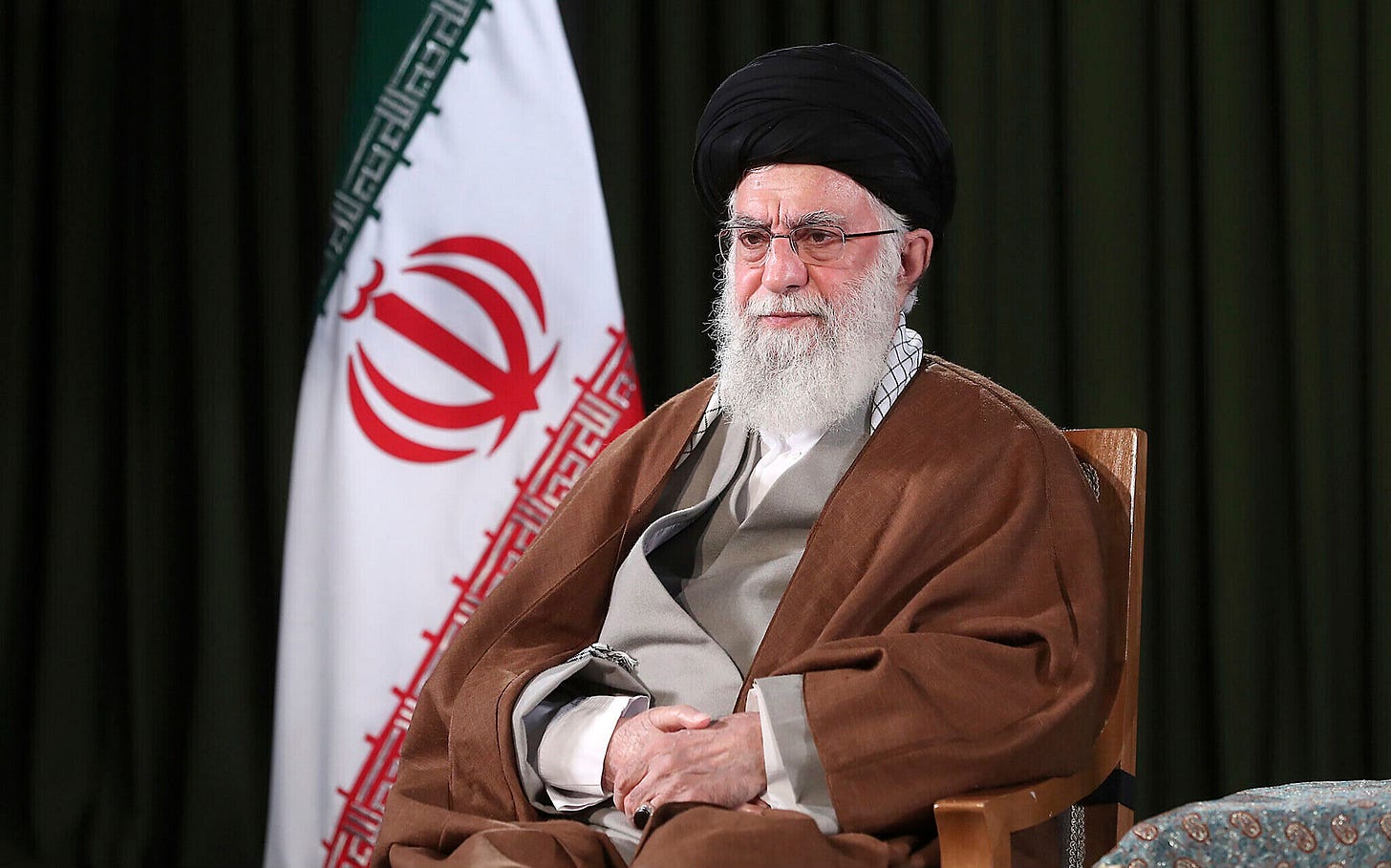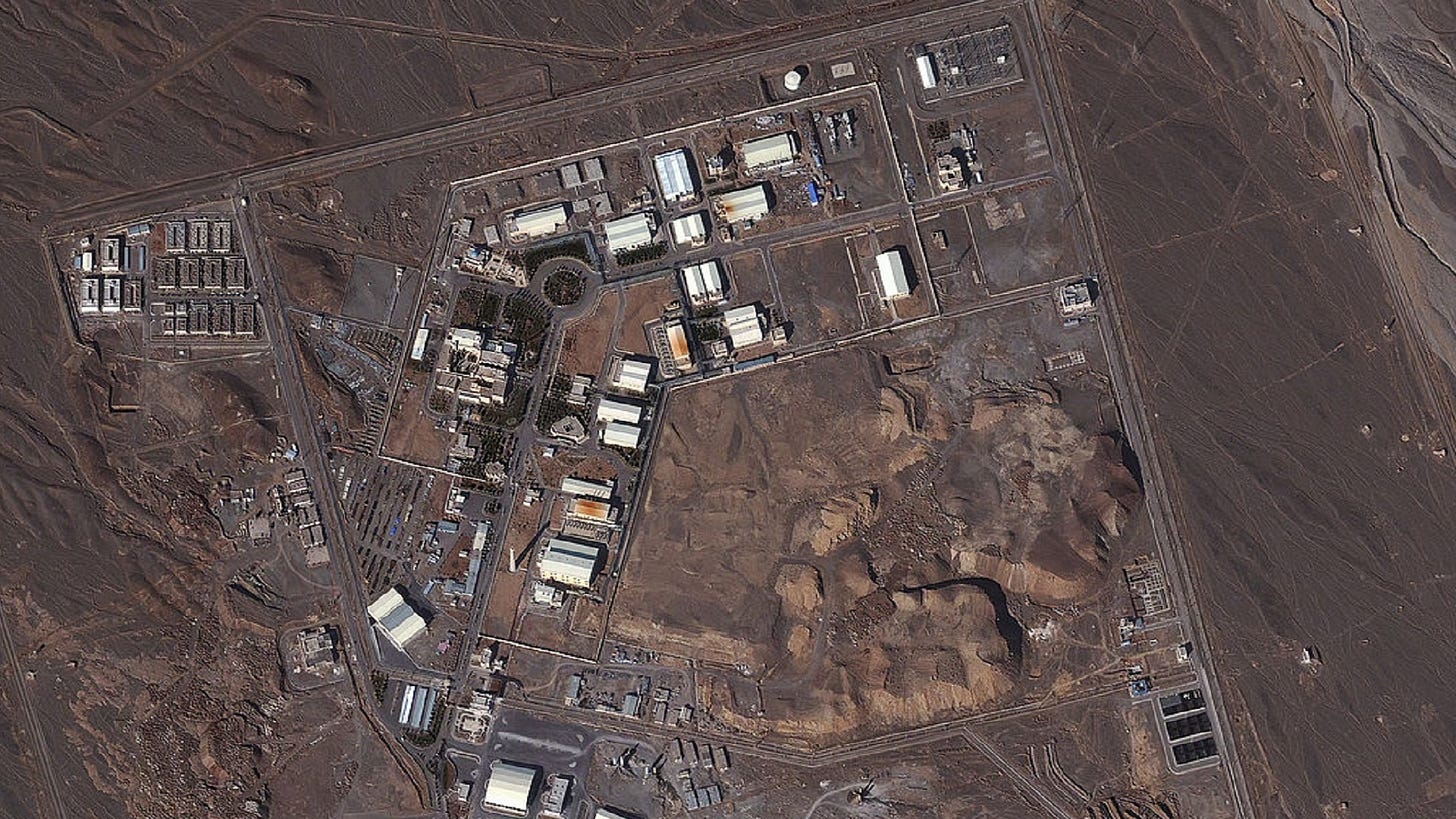Iran: At the Edge of the Atom
For over two decades, the question of whether Iran possesses nuclear weapons has loomed over international diplomacy, often defining relations between Tehran and the rest of the world.
While accusations, suspicions, and speculation galore, the actual evidence remains complex, elusive, and frequently distorted by political agendas.
Iran insists that it does not possess nuclear weapons, nor does it intend to build them. This has been the official line of the Iranian government for years, rooted in both strategic calculations and religious rule. Supreme Leader Ayatollah Ali Khamenei has repeatedly referred to a fatwa - a religious decree - prohibiting the development and use of nuclear weapons, framing them as contrary to Islamic principles. Yet many Western governments, particularly the United States and its allies, have long harboured deep skepticism toward these assurances.
The International Atomic Energy Agency (IAEA), the United Nations’ nuclear watchdog, plays a central role in monitoring Iran’s nuclear activities. Its inspectors have had varying degrees of access to Iranian facilities depending on the political climate. During the period following 2015 Joint Comprehensive Plan of Action (JCPOA), Iran agreed to unprecedented levels of monitoring and verification in exchange for sanctions relief. For several years, the IAEA consistently reported that Iran was in compliance with the agreement and that its stockpile of enriched uranium remained well below weapons-grade levels.
However, after the Trump administration unilaterally withdrew from the JCPOA in 2018 and reimposed harsh sanctions, Iran began scaling back its commitments. Since then, Tehran has significantly increased its enrichment activities, producing uranium enriched up to 60% - far beyond the 3.67% limit set the the JCPOA, though still short of the roughly 90% enrichment typically required for weapons-grade materials. This technical development has fuelled concerns that Iran is steadily shortening its “breakout time” - the period it would theoretically need to produce enough fissile material for a single nuclear weapon, if it chose to do so.
Yet producing weapons-grade uranium is only one component of building a functional nuclear arsenal. A nuclear weapon requires not only highly enriched uranium, but also sophisticated engineering to design, miniaturise, and deliver a warhead effectively. There is little publicly available evidence to suggest that Iran has successfully developed the other critical components necessary for a deliverable nuclear bomb. U.S. intelligence agencies, in their publicly released assessments, have repeatedly stated that Iran has not resumed its nuclear weapons program since it was halted in 2003.
That said, Iran’s prior clandestine actives continue to cast a long shadow. The 2002 revelation of undisclosed nuclear sites in Nutanz and Arak sparked the original crisis and laid the foundations for years of mutual distrust. Furthermore, the 2018 Israeli intelligence operation, which reportedly seized a cache of Iranian nuclear documents, indicated that Iran has previously conducted extensive research into weaponisation - though most of this work appeared to predate 2003.
The international community remains divided on how to interpret these developments. Israel has long argued that Iran’s nuclear program represents an imminent threat, while European powers have often take a more measured approach, focusing on diplomatic solutions to prevent escalations. Meanwhile, Iran’s opaque relationship with the IAEA in recent years - including limits to inspector access and the installation of advanced centrifuges - continue to complicate assessments.
In sum, while Iran possesses the technical capability to enrich uranium to near weapon-grade levels and has a history of secretive nuclear research, there is currently no definitive public evidence that it has successfully constructed or deployed nuclear weapons. The ambiguity surrounding its intensions and capabilities, however, ensures that the issue remains a volatile flashpoint in global geopolitics.

The question, therefore, may not be whether Iran has nuclear weapons today - but how close it might be, how determined its leadership may become under pressure, and whether the world can find a durable diplomatic solution.
Sources:
International Atomic Energy Agency (IAEA) Reports
U.S. Intelligence Community Annual Threat Assessment
Joint Comprehensive Plan of Actions (JCPOA) Documents
Fatwa - Supreme Leader Ali Khamenei






